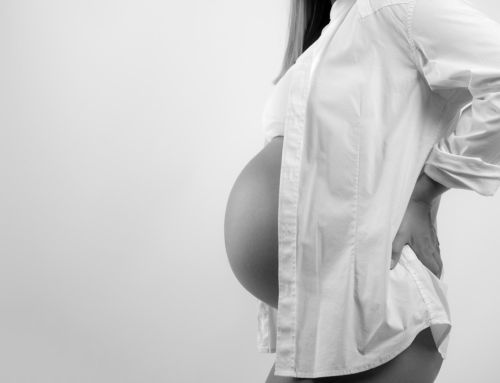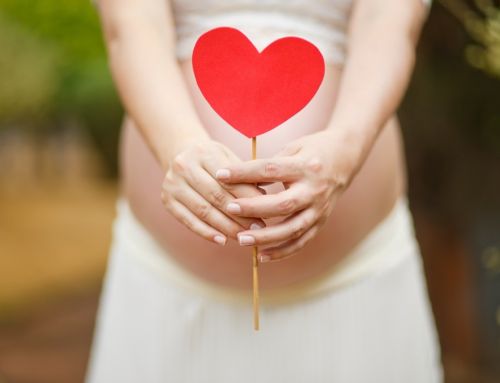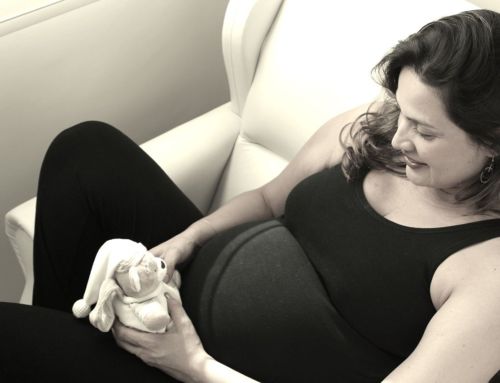Understanding Your Ovulation Cycle
If you are planning to get pregnant and start on this magical journey of motherhood, it is important for you to understand your own body and plan accordingly to minimize anxiety and conceive faster. The first step in this process is to understand your ovulation cycle and determine the days when you are most fertile.
In this article today, we will help you understand ovulation and it’s corresponding phases so you can start taking care of your body and plan accordingly.

Image Credit: Shutterstock
What is Ovulation?
Ovulation is when a mature egg is released from the ovary and pushed down the fallopian tube to be made available for the sperm to be fertilized. Every month, an egg matures within one of the ovaries and as it reaches maturity, the egg is released by the ovary and makes its way towards the uterus. The lining of the uterus has thickened to prepare for the fertilized egg. If no conception occurs, the uterine lining, as well as blood, will be shed. The shedding of an unfertilized egg and the uterine wall is the time of menstruation.
Pregnancy is only possible if you have sex during the five days before ovulation or on the day of ovulation. Usually, the most fertile days are the three days leading up to and including ovulation.
Understanding Your Cycle & Ovulation
Your menstrual cycle is largely divided into 4 different phases with each playing a critical part in the pregnancy process. It is important for you to form an understanding of each and associated timeline in order to prepare yourself.
Menstrual Phase: Your menstrual cycle begins on the first day of your period when the bleeding starts. Since your body didn’t get pregnant during your last cycle, it sheds its uterine lining, along with blood and mucus which usually results in those painful initial days.
Follicular Phase: This is the phase during which the eggs grow inside a fluid-filled sac called a follicle. The one egg that develops most fully (the dominant egg) will ovulate in the next phase. The main hormone controlling this stage is estradiol.
Ovulation Phase: The follicular phase ends with ovulation when the ovary releases one mature egg into the fallopian tube. Please note that the egg only survives for about 12-24 hours in the reproductive tract. However, sperm from your partner can survive in the fallopian tube for up to five days – meaning that a woman has the greatest probability of getting pregnant during the five days before ovulation or on the day of ovulation.
The Luteal Phase: If the egg gets fertilized during ovulation, it gets attached to the uterine lining. If not, the egg is reabsorbed into the uterine lining and subsequently shed during the next period.
RELATED ARTICLE: The 5 Best Period Tracking Apps
How to Track Ovulation?

Image Credit: Americanpregnancy.org
A woman’s monthly cycle is measured from the first day of her menstrual period until the first day of her next period. On average, a woman’s cycle normally is between 28-32 days, making the ovulation date between days 14-18.
– For a normal 28-day cycle, ovulation occurs around day 14
– For a 30-day cycle, ovulation occurs around day 16
– For a 32-day cycle, ovulation occurs around day 18
Some women however may have much shorter or much longer cycles. Ovulation “Fertile time” in such cases can be calculated by counting 12-20 days from their last menstrual period.
We would love to hear back from you. Please share your views in the comment section and feel free to ask any questions. Cheers!






